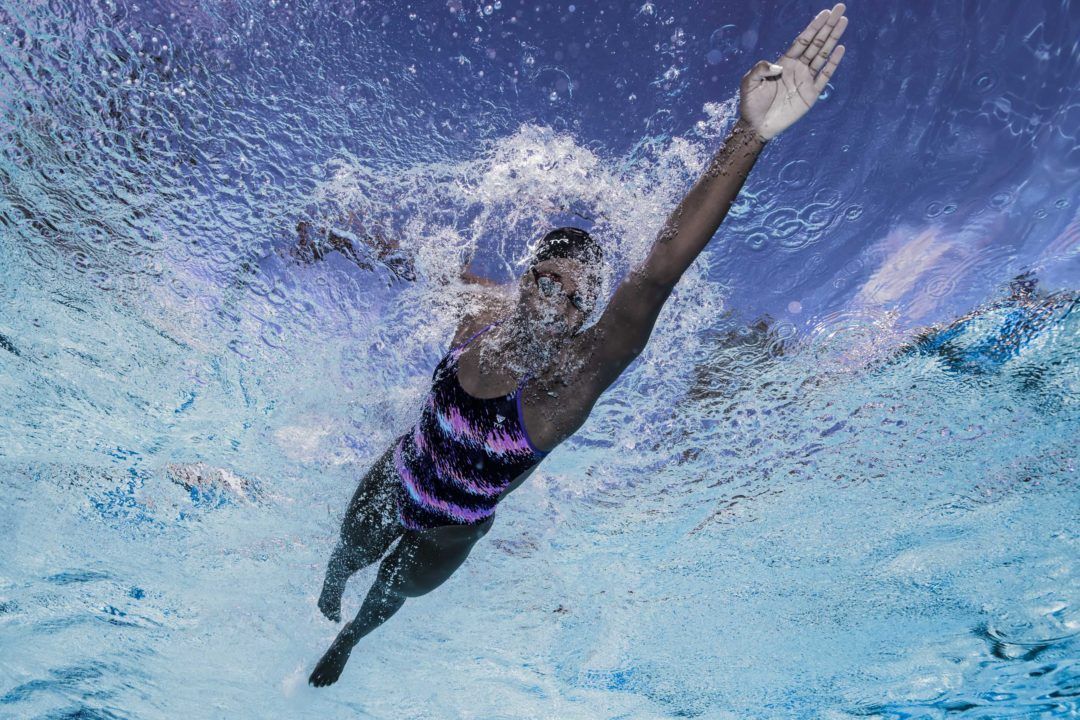As a swimmer, you spend much of your time in the pool chipping away at your skills and developing the physiology and mentality you need to chase down your dream swims. Unfortunately, our performances at meets do not always reflect the hours and hours of diligent work we have put into our craft. This week we take a look at how to find and feel progress when it’s not showing on the scoreboard.
Every swimmer knows how disheartening it can be to spend weeks working on your stroke and endurance, get excited about the next meet, and then race only to leave the weekend adding time. It can leave you asking what you’re doing wrong or if you will ever drop time and if it’s even worth it. Having these meets, or a string of them, is a part of the process every swimmer goes through. Even Olympians.
Sometimes you get the results you want and sometimes you don’t.
Drops and adds in our races ebb and flow throughout the year and even a season, but don’t let this trick you into thinking that you’re not improving.
Progress is always being made, even if it is invisible.
Invisible Progress is anything you do that increases your swim potential—the causes you make to positively impact your performance. They’re called invisible because their effects don’t show up right away. There is a lag time from execution to payoff, also known as delayed gratification.
Invisible variables you can alter to influence the outcome of future performances include your attendance, sleep, diet, ability to focus, warmup routine, recovery methods, training ethic, stroke development, sportsmanship, attitude, and spending five extra minutes at the end of every practice. Your streamlines, turns, and catch angles are a few more specific ones. The list goes on.
As you chip away, you will begin to tap into new zones of swimming that require a new level of physiology, psychology, and technique. But just tapping into a new zone once doesn’t guarantee best times. For example, swimming 10 x 100s on 1:30 (or 1:00) for the first time is a great milestone, and although it does not guarantee a best time at your next meet, it does guarantee increased potential.
By doing it once, you’ve added another coin of potential to your swimming bank account. Doing it over and over is what breaks the bank!
Be patient with yourself when it comes to making changes, no matter how small.
When was the last time you tried to change a stroke habit and made it a permanent change on your first try? Change takes time. Lots of it.
So, when you get to that meet where you feel crappy about your times, spend some time looking at what you have improved even if the scoreboard doesn’t reflect it. You can be automatically better just by talking to yourself and your coach about the invisible gains you’re making on a daily and weekly basis.
You can trust that the invisible progress you’re making will eventually leave you breaking personal records left and right.
Have a great week swimming with greatness.
